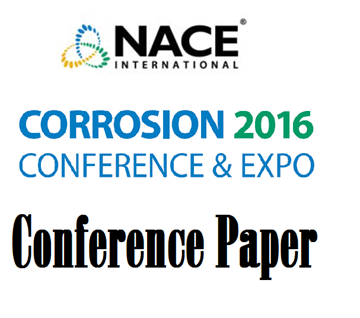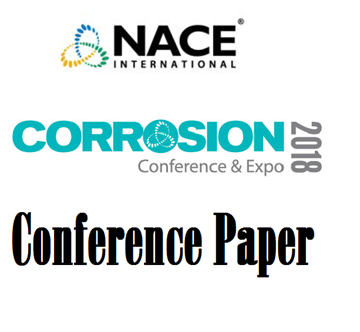Search
51314-3887-Enhancement of Internal Corrosion Threat Guidelines for Dry Natural Gas Pipelines
Also Purchased
51316-7259-Validation of Internal Corrosion Threat Guidelines for Dry Natural Gas Pipelines
Product Number:
51316-7259-SG
ISBN:
7259 2016 CP
Publication Date:
2016
$20.00
51314-3888-Internal Corrosion Direct Assessment of a Dry Gas Pipeline Segment in China
Product Number:
51314-3888-SG
ISBN:
3888 2014 CP
Publication Date:
2014
$20.00
51318-11300-Predicted and Actual Dig Outcome of Dry Gas Internal Corrosion Direct Assessment of Unpiggable Pipelines
Product Number:
51318-11300-SG
Publication Date:
2018
$20.00




